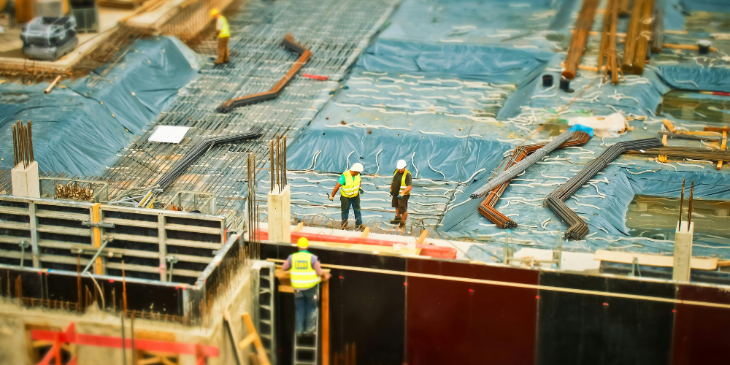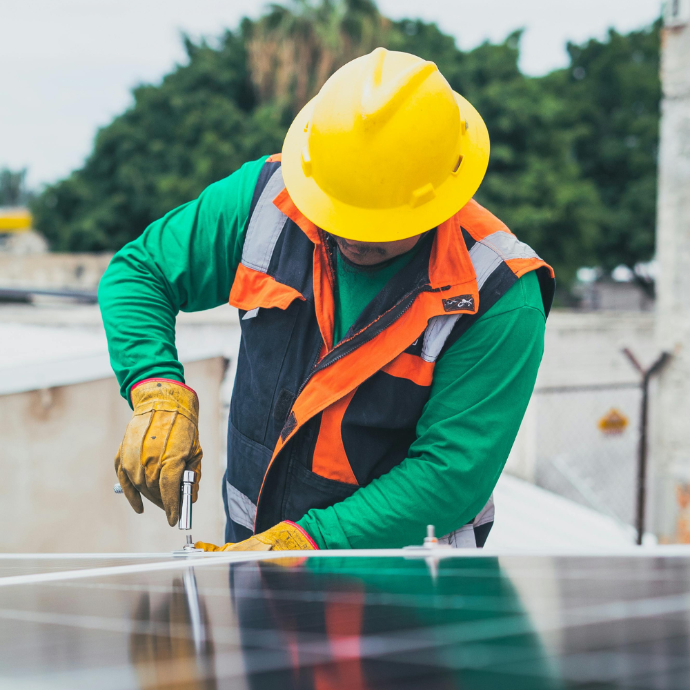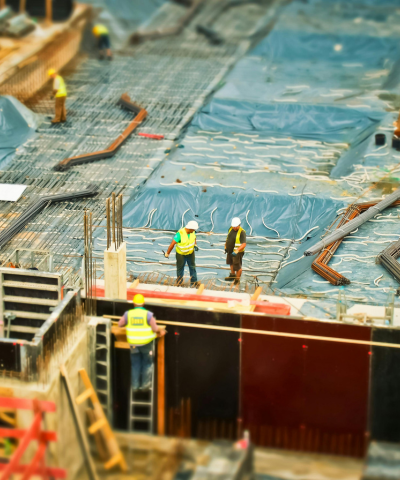
Why PPE is Essential in Roofing
Roofing work involves high risks, including falls, falling objects, exposure to hazardous materials, and extreme weather. Personal Protective Equipment (PPE) is a critical last line of defence, protecting workers from injuries and ensuring compliance with Australian Work Health and Safety (WHS) regulations. Employers must provide PPE safety equipment when a risk assessment determines it is necessary, and workers are required to wear it as intended to reduce workplace and job site hazards.
ROOFING STANDARDS AUSTRALIA
ESSENTIAL PPE
To maintain a safe work environment, roofers must wear protective equipment that safeguards against falls, hazardous materials, extreme weather conditions, and other job site risks. Below are the key PPE safety supplies required on a roofing job site:
- Head Protection: Safety helmets protect against falling objects and impacts, complying with AS/NZS 1801 standards.
- Fall Protection: Harnesses and lanyards prevent falls from heights and must meet AS/NZS 1891 safety requirements.
- High-Visibility Clothing: Protective clothing, such as hi-vis vests, improves worker visibility on sites and complies with AS/NZS 4602.
- Hand Protection: Durable gloves protect against cuts, abrasions, and chemical exposure.
- Foot Protection: Safety boots with non-slip soles and steel toes provide grip and shield against sharp objects (AS 2210).
- Hearing Protection: Earplugs or earmuffs reduce noise exposure and prevent hearing damage (AS/NZS 1270).
- Eye Protection: Safety glasses or goggles prevent debris, dust, and chemicals from causing eye injuries (AS/NZS 1337).
- Respiratory Protection: Respirators or dust masks filter out harmful airborne particles, meeting AS/NZS 1716 standards.

PERSONAL PROTECTIVE EQUIPMENT
COMPLIANCE WITH AUSTRALIAN STANDARDS
PPE must comply with national WHS laws and Australian Standards to ensure effectiveness. Employers (PCBUs) are legally responsible for:
- Training workers on proper PPE use, fit, and maintenance.
- Ensuring PPE is worn correctly and used as instructed..
Workers must wear PPE as directed, report damage, and maintain equipment properly. To find out more information visit the Queensland Government Work Safe website below.
Common Roofing Hazards
& How PPE Prevents Injury
Falls from Heights
Harnesses and lanyards prevent serious injury from falls.
Falling Objects
Hard hats and safety boots protect against impacts from dropped tools or materials.
Noise Exposure
Earmuffs or plugs prevent long-term hearing damage from loud tools and machinery.

Hazardous Substances
Respirators, gloves, and eye protection shield against harmful dust, fumes, and chemicals.
Weather Conditions
UV-rated clothing, sunscreen, and hydration gear reduce sun exposure risks.
Electrical Hazards
Maintaining safe distances and using non-conductive equipment, are essential.
At Haggarty Roofing we adopt a strong safety culture in roofing where we recognise that PPE is non-negotiable for protecting the lives of our workers. We ensure that our workers understand why PPE is mandatory and our roofing projects are completed with significantly reduced risk of injury. This not only ensures legal compliance with Australian standards and regulations but, most importantly, means that every worker goes home safely at the end of the day.